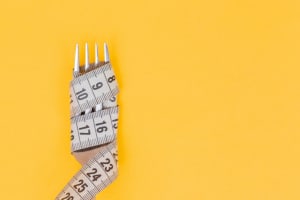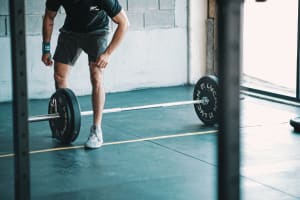
Downside of Calorie Deficits and Surpluses
Maintaining a calorie deficit , where the body consumes fewer calories than it expends, is a common strategy for weight loss. However, this approach can have significant downsides, particularly concerning nutrient intake. When calorie intake is restricted, it becomes challenging to consume sufficient quantities of essential nutrients such as vitamins , minerals , and fiber . It can become easy to avoid certain foods or starve oneself into eating less than one may need. In a calorie deficit, the limited food quantity can lead to deficiencies, resulting in symptoms like fatigue, weakened immunity, and impaired cognitive function. Balancing calorie reduction with nutrient ....
Read more










